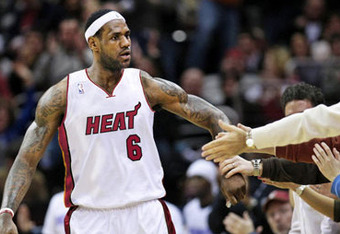
Along the Boylston Street facade of its central library, the Boston Public Library has hung a sign apologizing for its minor construction. It's an insignificant marker except for the sign's title, "Cities Are Libraries." What an excellent anthem! It conveys so much depth in so few words: That cities are places of education, culture, history and exploration; that, like a library's obscure stacks, cities have countless undiscovered corners of treasures; that as much as the confines of a library have to offer, there's a whole world out there on city streets; that suburbs aren't libraries; that cities are where it happens.
Copley Square, where the BPL's main branch is located, is the perfect place for such a triumphant slogan because of its rich layers of urban architecture and history. It was created in the mid-19th century as part of the fill and street grid used to build the Back Bay. The Trinity Church, designed by Henry Hobson Richardson, and the BPL, designed by Charles McKim of McKim, Mead and White, are classic examples of ornate late-19th century American style. The Hancock Building, by Henry Cobb, is one of the most elegant examples of a modernist skyscraper. The surrounding hotels and office towers and retail of Boylston Street represent typical, postwar downtown development. The square has a wonderful public space for gathering and a weekly farmers' market, that favorite programming option for young adults' return to the city in the early 21st century.
Whoever coined this phrase, at the BPL or elsewhere, deserves gigantic credit. The above photo, found online, starts to capture the layers of Copley Square.





